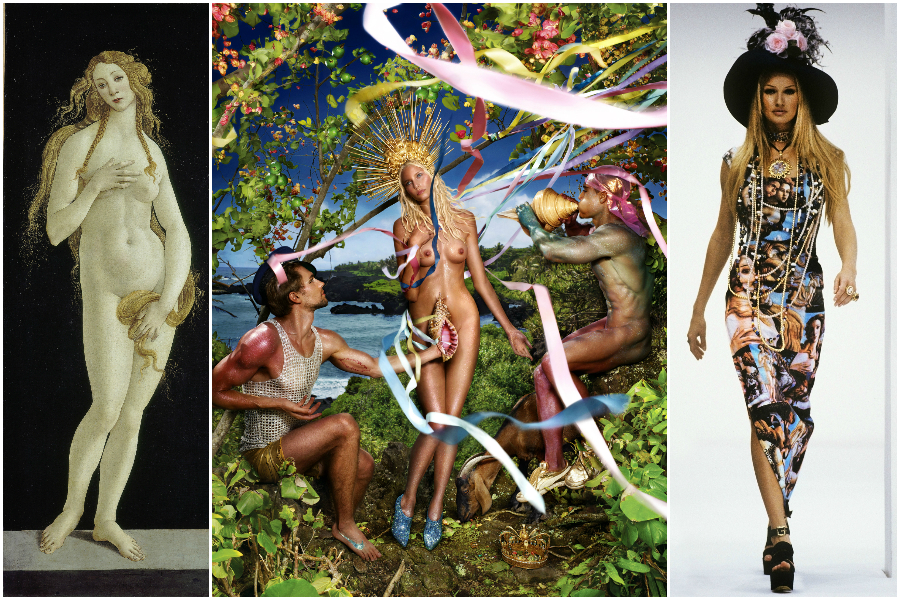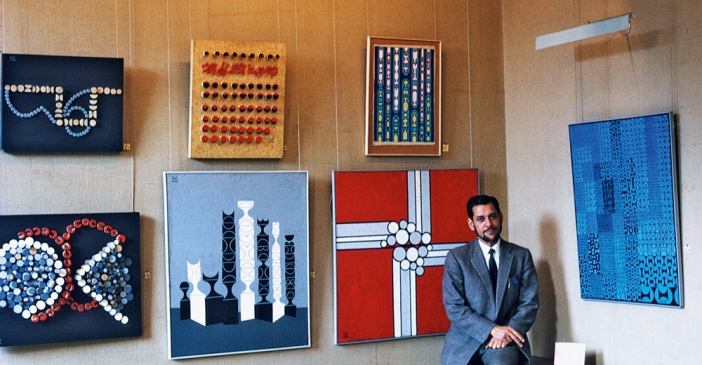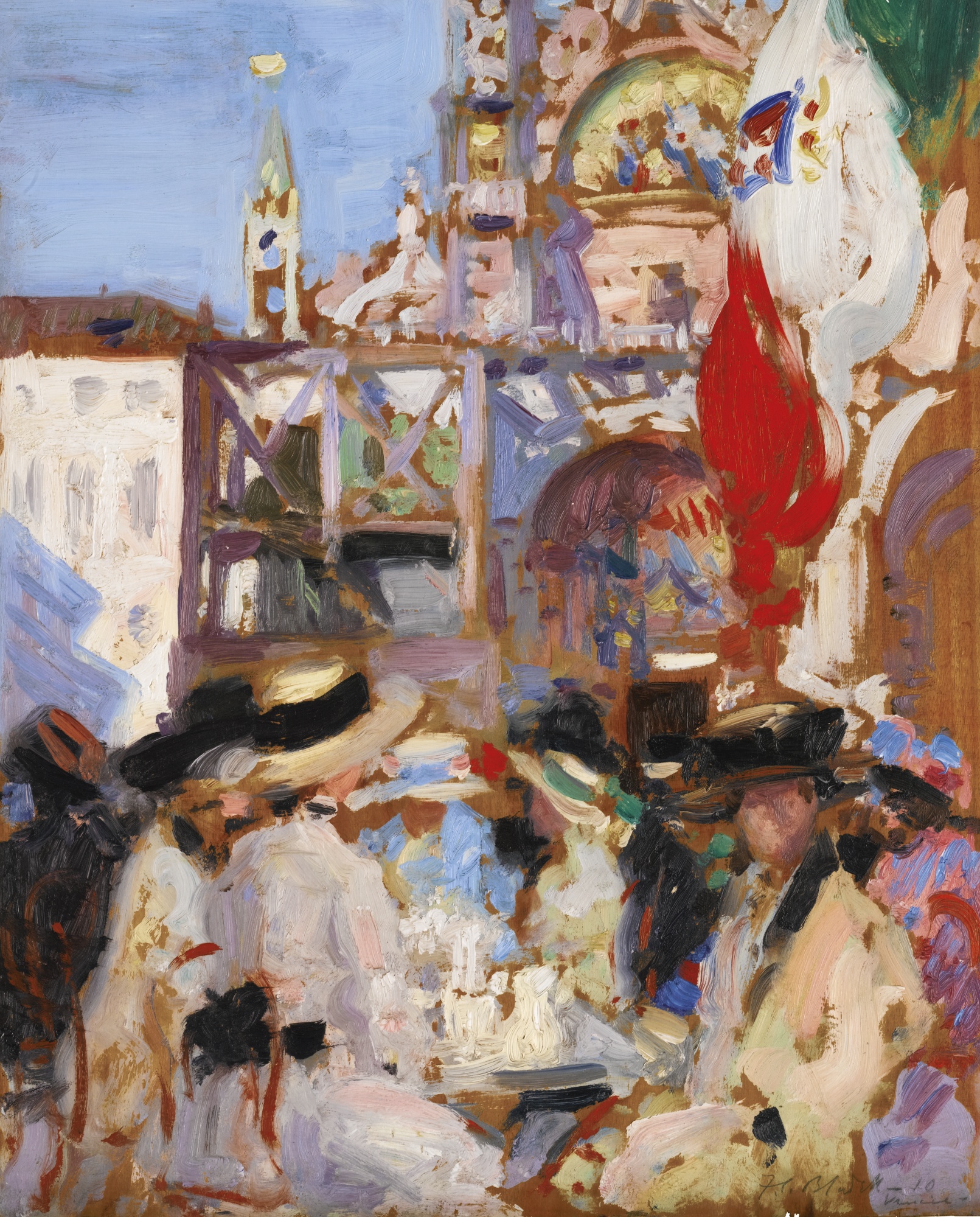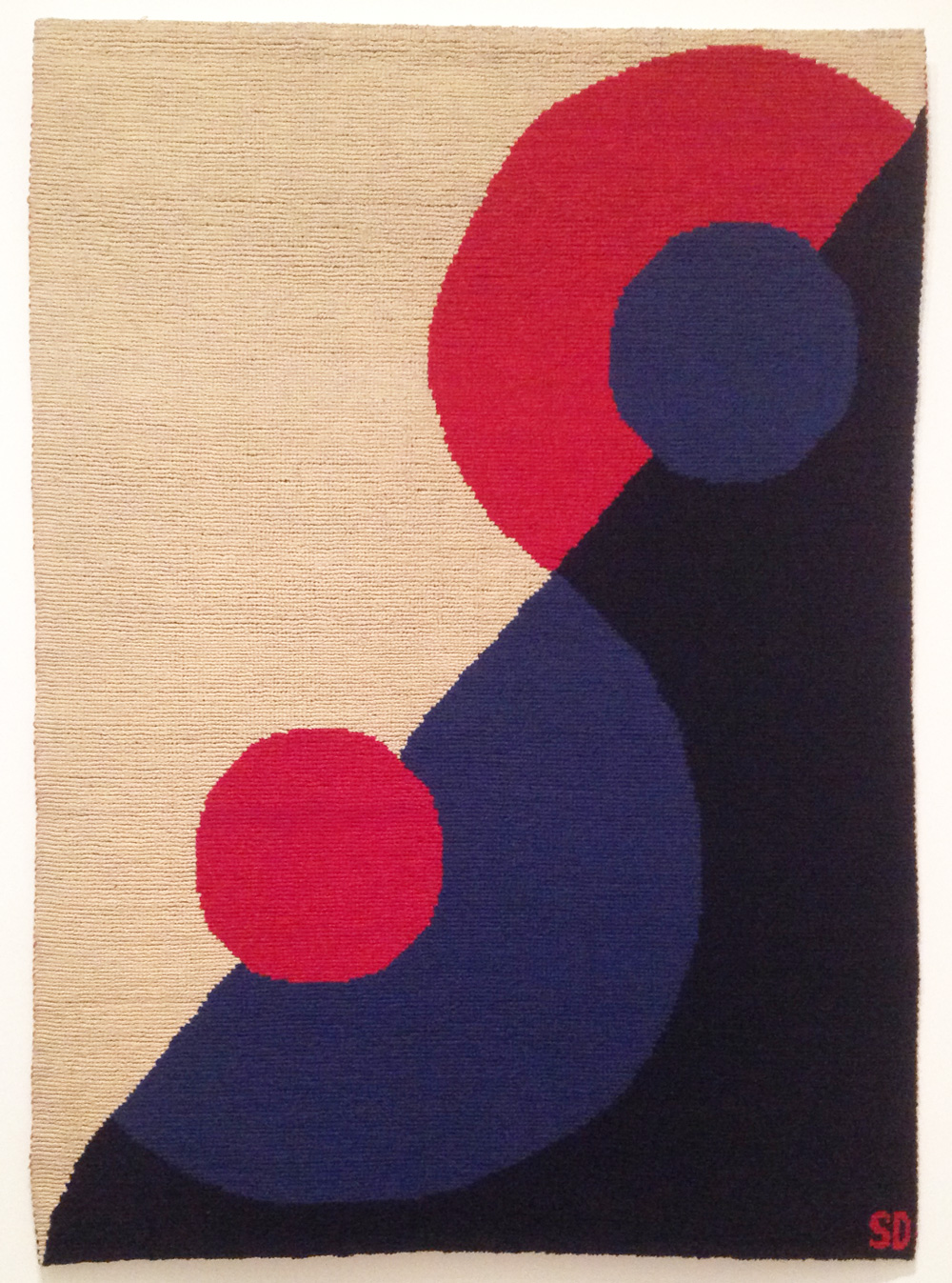For this week’s art fix we visited the V&A’s hotly anticipated ‘Botticelli Reimagined’ exhibition.
The V&A reminds us that his Botticelli’s work was largely forgotten for 300 years before audiences rediscovered it in the 19th Century. Since then he has informed the work and imagery of artists to come.
What makes this exhibition so remarkable initially, is its sheer quantity of work, from painting to fashion to film and photography to sculpture and tapestry - it’s got it all! There are some truly breathtaking works like Rosetti's La Ghirlandata, pictured below left. Rosetti even owned work by Botticelli, one of which is featured in this exhibition, a true testament of his love of the Renaissance master.
While we loved seeing the traditional works on display, one of the highlights for us was seeing the contemporary piece and how Botticelli’s Venus has been subverted in contemporary art. The photograph in the centre below uses pieces of trash and junk, remoulding it into Botticelli's iconic composition. The beauty of the images lies in Botticelli's Venus icon to survive amongst its mishmashed context - an interesting metaphor for its endurance in contemporary culture.










































